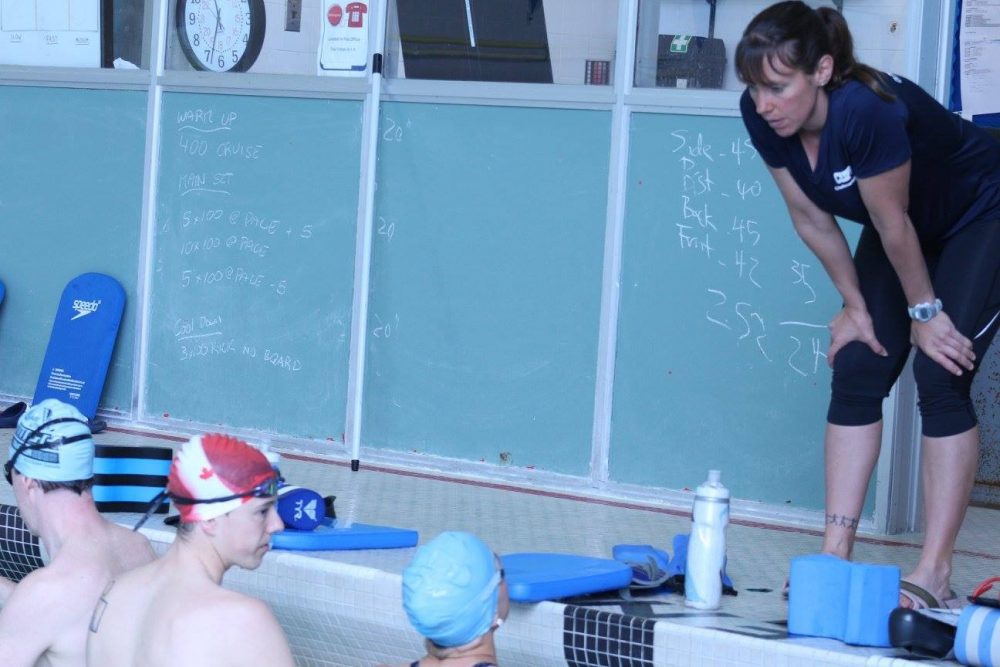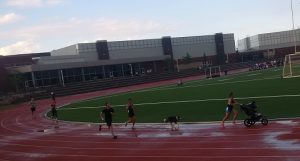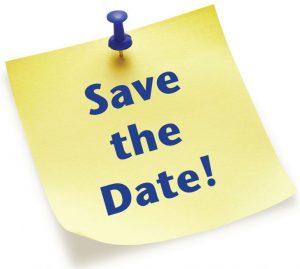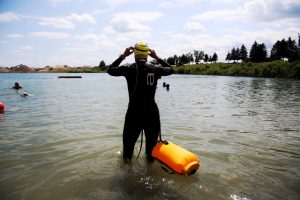Many triathletes return to training with their sights set on building volume as they progress through the foundation and build phases of their program. Strength, speed and endurance are all critical elements for a successful season, but don’t overlook the importance of the skills and drills that are also part of those early workouts.
It can be easy to skip over that warm up drill set in the pool when time is short and you are looking to complete 3000m before heading to the office. On the bike, those single leg drills will only destroy your average watts for the workout, so why bother? And striders on the run can be easily forgotten (or ignored – along with the ‘hilly route’ directive) when it’s cold, dark, windy, wet…take your pick.
The skills and drills are built into your training days to help you become aware of little glitches before they become big pains. They may be easy to overlook, but doing so can inadvertently reinforce little issues that can become bigger issues as your training progresses. At best, they can result in inefficiencies that, over several kilometres, can negatively affect your finish time. At their worst, they can blossom into injuries that impede your ability to complete your race.
Sounds dramatic, but here are some examples of things that, if left unchecked, can undo your best training efforts.
| Drill or Skill | What You Might Think (Avoidance Tactics) | What Your Coach Thinks (Benefits of Training Tactics) | What Can Happen If You Don’t Do Them (Least/Worst) |
| Kick sets in the pool. | I’m saving my legs for the bike – and I’ll slow everyone down. | Helps develop balance in the water, swim efficiency, core strength, and swim specific leg strength – necessary even if you aren’t going to kick hard in the race. | Legs may sink because poor balance. Legs and core fatigued after the swim.
|
| Single leg drills on bike | This will kill my power and I don’t ever need to ride this way | Helps develop efficiency in pedal stroke, hence increasing power and speed for the same effort. | Less power. Poor muscle balance in the hips and legs. Possible overuse injury. |
| Striders before/after run | I’ll just warm up/cool down on my run… | At the start of a workout they increase heart rate slightly so body is ready for a more challenging main set. At the end of a workout it helps to maintain running efficiency and form when legs are fatigued. | Risk of injury during the main set if not warmed up properly. Losing form and efficiency later in the race can mean slower speed, higher energy expenditure, possible overuse injury. |
| Fists or ankle bands in pool | OMG…the lifeguards will think I’m drowning. Besides, the wetsuit will keep me up. | Fist swimming is a specific drill to develop your catch which is the most important part of the swim stroke. Ankle bands develop strength in the shoulders and back muscles specific to swimming. | Poor swim form, slower swimming. |
| Out of the saddle on the trainer | These aren’t smooth circles…it can’t be good for me – or my chain. | Specific standing workouts will build strength in the hips and legs specific to cycling. Helps with developing high end power and strength for hill climbing. However, when riding in a triathlon event we try not to be out of the saddle too much as it will elevate the heart rate. The goals for workouts are different than the goals for racing. | Loss of an opportunity for building strength and power. |
| A’s / B’s/ C’s on the track | I feel like an idiot doing these – and why am I anyway? | These running drills help to develop your running stride – quick cadence/turnover, forward knee drive and lifting the leg up for the swing phase. | Poor run biomechanics, lower efficiency. This can mean slower speed, higher energy expenditure, possible overuse injury. |
| Catch up/ 6-1-6/ 6-3-6 sets | I’m slowing everyone down and getting in their way…and, why? | Swim drills help to develop swim technique to faster, smoother and more efficient swimming. Catch up works on balance in the water, catch and the stroke rhythm. 6-1-6 and 6-3-6 work on body rotation. | Less efficient and slower swimming. |
| Practicing sport nutrition on bike | Gels are for race day…I’ll stop and eat a sandwich/coffee/donut/hotdog. | Your digestive tract needs to be trained just like your muscles and mind! Your body has to get used to taking in the amount of sugar and fluid you will take on race day or you are likely to experience GI upset during the race. | Diarrhea, cramping, lots of toilet stops on race day! |
| T-Run off the bike | It’s only 20 minutes…and I don’t feel like changing completely. Skip it. | Running off the bike takes practice. Frequent shorter runs off the bike will help your body deal with the “brick” feeling in the legs that is common after a bike ride. Practice turning over at 90 strides per minute right away off the bike, regardless of speed. | A poor transition from bike onto your running legs. Leg fatigue and heaviness and the inability to run after the bike ride on race day. |
| Planks/Core strength work | Ugh…I don’t want to get down on the floor right now, and they are hard…and so is the floor. | The core is where all of your body movements should be initiated. It is your centre of power. A strong core will result in a stronger swim stroke, faster cycling and faster running. It all starts here! | Lower power and speed. Decreased strength. Injury. |




